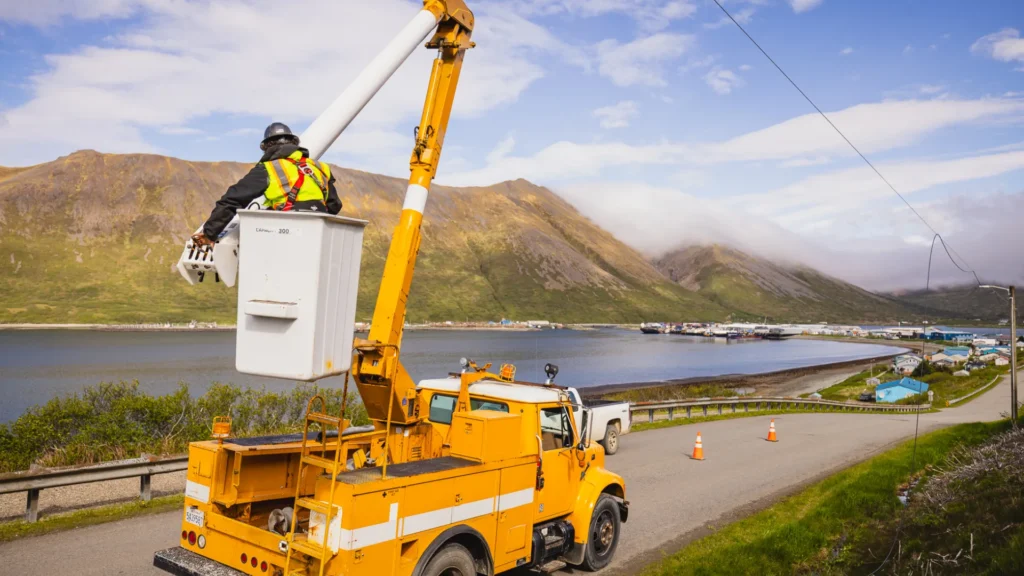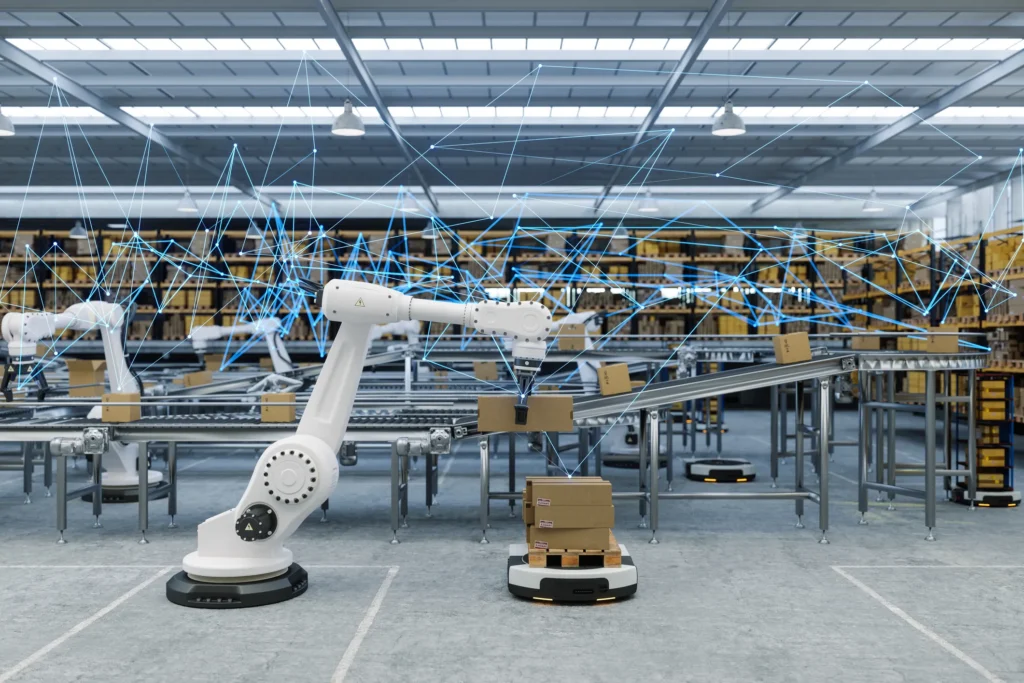The concept of a smart city is something that we’ve heard a lot about and seems to offer significant benefits for local municipalities. And with most of a community’s important utilities and urban infrastructure now being managed through digitally connected information technology systems, more cities are seeking out ways to find efficiencies and information sharing by linking their networks together.
A new report released this morning highlighting how cable ISPs can make smart cities become a reality offers city planners successful case studies and useful planning steps for how to make their communities digital leaders. Cable’s high-speed networks are the backbone to success in almost every innovative and economically successful community across the U.S., and they are also the key to creating a vibrant smart city—a community that is dependent on robust connectivity and a strong IoT network to improve a city’s operations and efficiency.
Smart city initiatives, first established by the U.S Department of Commerce’s National Institute of Standards and Technology (NIST) to help local government leaders meet challenges and create new opportunities in their communities through IoT solutions, are already transforming life for residents in many cities nationwide. However, their success would not be possible without the strong partnerships with cable providers that set up the foundation for fast connectivity and the opportunities that transpire as a result.
The 2018 report, “Cable Companies and Municipalities: Natural Smart Community Partners,” found that cable companies possess the expertise and resources that local governments need to support smart community and IoT applications, and have the capability to deliver these solutions. For example, as the number of homes which receive gigabit services nationwide continues to rise–which cable companies are projected to deliver to 72 percent of homes by the end of this year–so will the success of unique applications that depend on ultra-fast networks. These include distance education initiatives, telemedicine for elderly residents who choose to age at home, and other remote delivery of services that serve to improve the quality of life in a community.
Cox’s Smart Gigabit Community partnerships in Phoenix and San Diego, Comcast’s machineQ partnerships, and Charter’s plans for a “6G” network all exemplify how municipalities around the country would benefit from public-private partnerships with cable providers to bring scale to smart and connected community efforts. These partnerships have provided opportunities for communities and providers to work together to develop, test and evaluate different solutions for IoT applications, and to engage more stakeholders to participate in efforts to use the solutions to deploy new apps and innovations that help to address concerns in a community, such as energy efficiency or better water management.
Based on these positive findings, the report recommends that cable companies take next steps to educate local government and community leaders about the resources and expertise that they can draw from providers to help meet their goals in becoming a smart and connected community. Likewise, local governments should take heed and build relationships with local cable providers and work together to deploy this next level of community-wide connectivity and innovation.
There is no other industry that can match the reach and the innovative and technical expertise that the cable industry possesses. But more importantly, cable providers have long been community partners. From their involvement in small rural towns to large urban cities, their partnership is critical to setting a community on the right path to success.
Read more of the report’s findings here.









